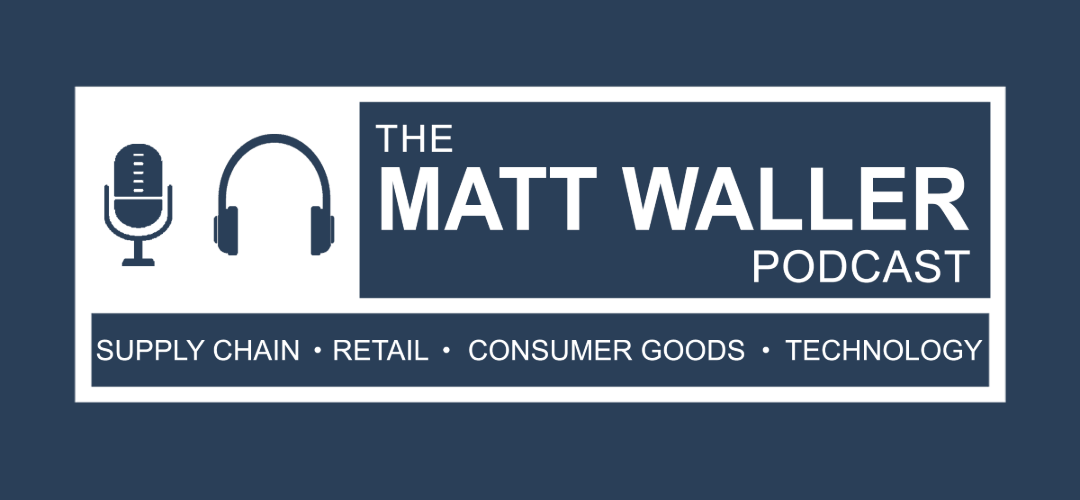The balance between supply and demand has a significant impact on pricing and behavior in the trucking industry. During periods of excess capacity, known as soft markets, prices tend to fall as carriers are willing to honor existing contracts, as evidenced by high acceptance rates. However, in tight markets where demand outweighs supply, prices rise and carriers may prioritize more lucrative spot freight opportunities over contracted loads.
These market dynamics and the incentives that drive carrier and shipper actions were the focus of recent research conducted through a partnership between academia and industry. Angi Acocella, who has studied trucking procurement through her research at MIT, explored how carriers respond to shippers under different conditions. Her findings indicate that while maintaining relationships is important, carriers are primarily motivated by current market conditions when deciding which loads to prioritize.
While optimization models have proven useful in procurement, the assumptions made in early approaches underestimated the dynamics of real-world transportation. Deterministic frameworks that ignore variability did not translate effectively to practical applications. Newer techniques have emerged to instead impose constraints that reflect industry complexities. This enhances the strategic value of optimization beyond traditional deterministic, cost-focused objectives.
Network segmentation also deserves further study, as not all freight lanes are uniform. Factors like volume consistency, carrier types, and opportunity costs must be considered to tailor solutions. Dynamic contracts that fluctuate with market conditions could provide more flexibility than annual fixed-rate agreements.
To address the trucking industry’s many complexities, practitioners and academics should continue close collaboration. Analytics from such collaborations can provide insights for industry players ready to adapt to the constant changes they face. Maintaining perspective across networks while focusing on execution, not just planning, will be key to future success.
Trucking Market Dynamics: Insights from Chris Caplice and Angi Acocella



Member discussion: